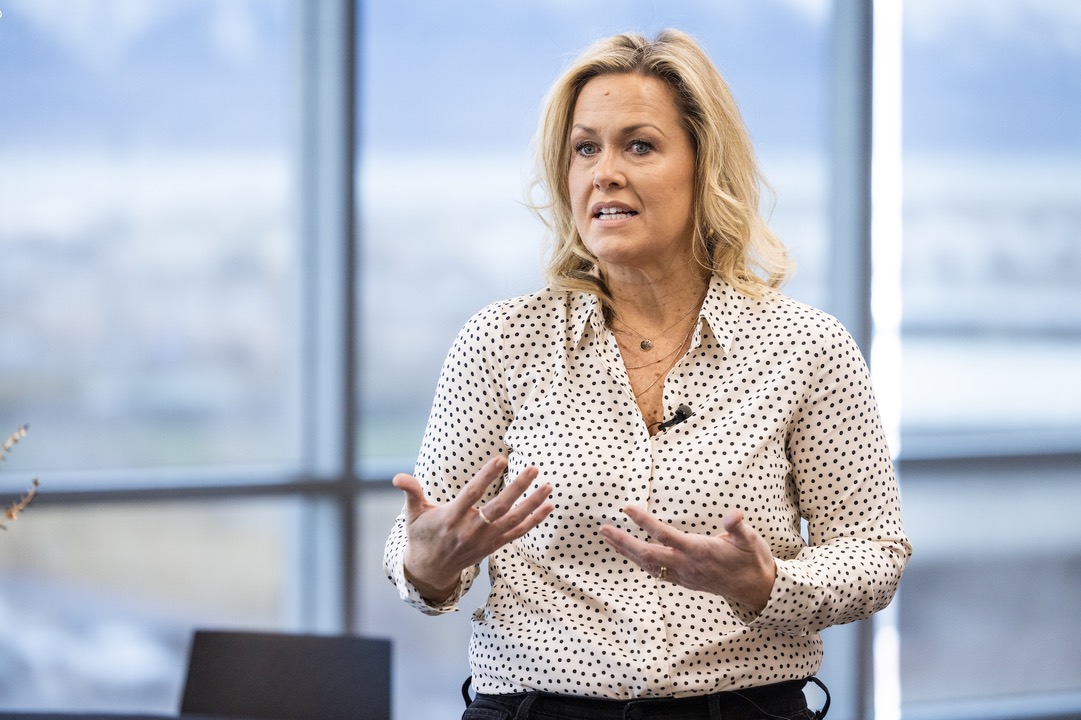Effective communication fosters inclusivity by bridging diverse perspectives, empowering individuals, and building trust. Robin Huling highlights practical strategies for open dialogue, active listening, and collaboration, helping organizations enhance engagement, support diversity, and create a culture of belonging.

Originally from Orlando, Florida, Robin relocated to Utah a decade ago. Over the recent years, she actively engaged in community involvement, attending various events. During these experiences, she observed the homogeneity of Utah, often finding herself as one of the few women present. This awareness prompted her to discover that despite Utah's top-ranking economic growth, it also ranked dead last in women's equality and furthermore rated above average in domestic abuse rates. Armed with this information and much more like it, Robin recognized the imperative need for change.
This change is brought about byeffective communication. Robin shared that 55% of all communication in non-verbal and relies on our natural behaviors. Whether one is result-driven, data-driven, an action-taker, or empathetic, the key lies in leveraging effective communication tailored to individual strengths. However, regardless of these unique strengths, there are three fundamental steps that we all must collectively embrace.
Step 1: Self-Awareness
Robin gave many examples from her life, including her close friendships with the LGBTQ community, and the time she spent with many people of Islamic background. Through these relationships, she emphasized the transformative power of getting to know people, asserting that understanding fosters love and care for individuals and their communities. She highlighted the significance of encountering new perspectives, stating that, “when you come face-to-face with new things, you can learn to love and accept them”. When we acquire this love, we see these incredible people as they are, and then we obtain better awareness of how they are getting treated. She reminded us that it is important to see color, so we can also see the lack of color.
Step 2: Embracing Discomfort
Arguably the paramount step in this process, Robin shares that “we have to get uncomfortable in order to become comfortable with change”. There is an importance to not waiting for change to occur, but taking it into our own hands. A noteworthy approach involves refraining from expecting individuals from minority groups to consistently endure discomfort and, conversely, taking the initiative to actively participate and engage in unfamiliar situations ourselves; show up.
Step 3: Actively Engagement and Continuous Learning
Frequently, our role is better suited to provide attentive listening and support rather than exclusively focusing on problem-solving. A common takeaway for those in attendance was the reminder of the principle ‘seek to learn, not to serve’. The commitment to continuous learning and understanding is often deemed as the most effective course of action.
“Real change demands more than just desire; it requires effort, preparation, and the unwavering belief that every step leads to change.”
Robin emphasized the significance of identifying our individual motivations for championing change. Discovering our personal 'why' propels us towards purposeful action. This necessitates the engagement with the three prescribed steps and decisive implementation. The assertion is that, equipped with effective communication, each of us possesses the capability to contribute to transformative change and foster inclusivity.